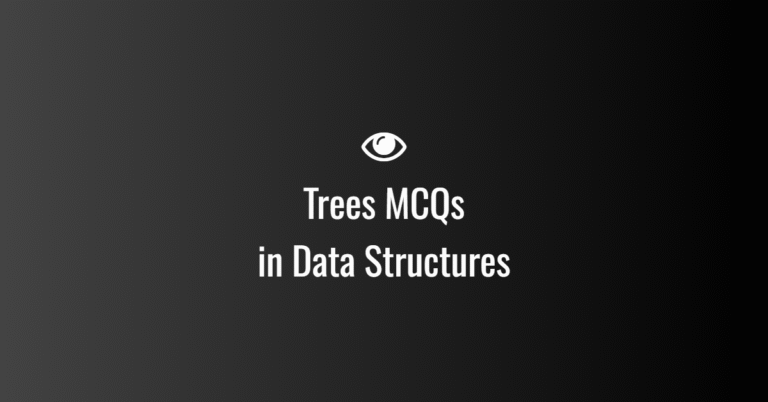A digital signature is a cryptographic technique used to ensure the authenticity, integrity, and non-repudiation of digital messages or documents. It is based on public-key cryptography (asymmetric cryptography) and involves a pair of keys: a private key and a public key.
How Digital Signatures Work:
- Message Hashing: A cryptographic hash function is applied to the message or document. This generates a fixed-length hash (digest) that represents the content.
- Signing the Hash: The hash value is encrypted using the private key of the sender. This encrypted hash becomes the digital signature.
- Verification of the Signature:
- The recipient decrypts the signature using the sender’s public key, which retrieves the original hash value.
- The recipient also hashes the received message and compares it with the decrypted hash.
- If the two hashes match, it confirms that the message is authentic (it was sent by the owner of the private key) and integral (the message was not altered).
Key Properties of Digital Signatures:
- Authentication: The signature verifies the sender’s identity.
- Integrity: The recipient can check if the message has been tampered with during transmission.
- Non-repudiation: The sender cannot deny sending the message, as only their private key could have generated the signature.
Digital Signature Process in Detail:
- Signer’s Private Key is used to encrypt the hash value of the message.
- The Digital Signature is attached to the message.
- The recipient uses the Signer’s Public Key to decrypt the signature and compare the result with the hash of the received message.
- If they match, the signature is valid.
Applications of Digital Signatures:
- Email security (e.g., S/MIME)
- Software distribution (to verify the authenticity of software updates)
- Financial transactions (e.g., digital signatures in online banking)
- Legal documents (e.g., electronic contracts and agreements)
Advantages of Digital Signatures:
- Provides strong security features like confidentiality, integrity, and authenticity.
- Helps to prevent impersonation and tampering with messages.
- Offers non-repudiation, ensuring that the sender cannot deny having signed the message.
10 MCQs on Digital Signatures
1. What is the purpose of a digital signature?
a) To encrypt the message
b) To authenticate the sender and ensure data integrity
c) To create a public key
d) To generate a random number
Answer: b) To authenticate the sender and ensure data integrity
2. Which cryptographic technique is used to create a digital signature?
a) Symmetric encryption
b) Asymmetric encryption (Public-Key Cryptography)
c) Hashing
d) XOR encryption
Answer: b) Asymmetric encryption (Public-Key Cryptography)
3. Which key is used by the sender to create a digital signature?
a) Public key
b) Session key
c) Private key
d) Encryption key
Answer: c) Private key
4. What does a digital signature guarantee?
a) Only the sender’s identity
b) Message confidentiality
c) Message integrity, authenticity, and non-repudiation
d) Encryption of the message
Answer: c) Message integrity, authenticity, and non-repudiation
5. What happens when a recipient verifies a digital signature?
a) They check the validity of the public key
b) They ensure the message has not been tampered with
c) They check the encryption strength
d) They ensure the message has been hashed
Answer: b) They ensure the message has not been tampered with
6. In a digital signature process, what is the role of the hashing algorithm?
a) To encrypt the original message
b) To create a unique and fixed-length hash of the message
c) To decrypt the encrypted message
d) To verify the identity of the sender
Answer: b) To create a unique and fixed-length hash of the message
7. What is used to decrypt the digital signature?
a) The sender’s public key
b) The recipient’s private key
c) The sender’s private key
d) A third-party key
Answer: a) The sender’s public key
8. What does “non-repudiation” mean in the context of digital signatures?
a) The sender can deny having sent the message
b) The recipient can deny receiving the message
c) The sender cannot deny sending the message
d) The message can be decrypted without the key
Answer: c) The sender cannot deny sending the message
9. Which of the following is commonly used in digital signatures to ensure that data has not been altered?
a) Public key
b) Digital certificate
c) Hash function
d) Symmetric key
Answer: c) Hash function
10. Which protocol commonly uses digital signatures to secure email communication?
a) FTP
b) SSL/TLS
c) S/MIME
d) HTTP
Answer: c) S/MIME



